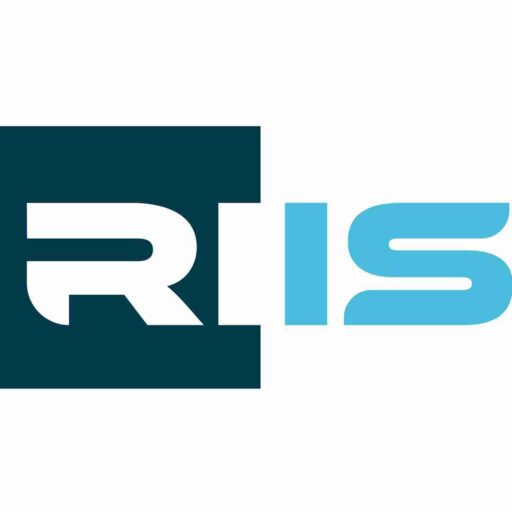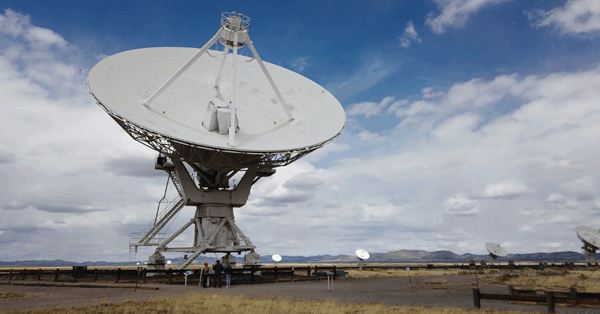In 2024, Kenya took a critical step toward strengthening its space sector by launching a comprehensive Ecosystem Maturity Assessment (EMA), a first-of-its-kind diagnostic tool aligned with the International Development Innovation Alliance (IDIA) goals.
This assessment provided a structured, evidence-based view of Kenya’s space innovation ecosystem, highlighting strengths, surfacing gaps, and shaping the design of a 10-year national roadmap.
But the central question remains: how ready is Kenya to become a regional leader in space science, innovation, and commercialisation?
What Is An EMA?
An EMA is essentially a framework for evaluating the current capabilities of an ecosystem and its ability to foster collaboration and strategic partnerships. It identifies both strengths and weaknesses, maps out the ideal future state, and highlights the steps needed to close the gap. The Kenyan EMA was structured around the nine dimensions set out by the IDIA: human capital, access to finance, innovation culture, networking assets, equitable participation, supportive markets and infrastructure, pathways to scale, policies and regulations, and the degree of collective approaches within the ecosystem.
Each of these dimensions was assessed along a five-stage maturity scale, ranging from Latent—where sector activity is virtually absent—to Established, where initiatives are widespread and fully integrated into national systems. The stages in between (Nascent, Forming, and Establishing) capture the incremental growth that innovation ecosystems typically undergo. In Kenya’s case, this provided a snapshot of the current landscape and a baseline against which progress can be measured.
Where Kenya Stands
The assessment showed that Kenya is building momentum in key areas. The strongest results were found in networking assets, reflecting an expanding set of collaborations, knowledge-sharing platforms, and the beginnings of an industry body. These activities are helping to enhance relationships between public and private actors and to foster a culture of exchange within the sector.
Innovation culture also scored positively, supported by the rise of accelerators, hackathons, and flagship events such as Kenya Space Week. Together, these initiatives are fueling entrepreneurial energy and nurturing a start-up environment with growing interest in space applications.
The EMA also highlighted important challenges. Equitable and inclusive participation remains underdeveloped, with women, youth, and rural innovators still facing barriers to training, funding, and leadership roles. Human capital development continues to be a bottleneck, as the skills demanded by the sector are not yet fully matched by existing curricula or technical training opportunities. Beyond these gaps, the ecosystem still struggles with limited funding flows and a lack of broad public awareness about the relevance of space technologies.
Benchmarking Kenya
To place Kenya’s progress in context, the EMA compared results at regional, continental, and global levels. Within East Africa, Kenya leads peers such as Rwanda and Uganda in private-sector engagement but trails in areas like institutional coordination and space data utilisation.
On the continental stage, it lags behind established leaders such as Nigeria and South Africa, yet is recognised as a fast-emerging ecosystem, particularly due to its networking momentum. Globally, Kenya remains in the early phases of development when measured against mature ecosystems in Europe and North America. However, it has made faster-than-expected gains in ecosystem mapping and government-led coordination, which positions it well for accelerated growth.
From Assessment to Roadmap
The EMA was more than a diagnostic exercise; it directly shaped the design of Kenya’s ten-year Space Ecosystem Roadmap. The roadmap outlines interventions across all nine IDIA goals, each tailored to move the sector closer to an establishing or established state.
Central to this strategy is the creation of a space sector industry body to provide structure, standards, and advocacy. Education reforms will address the talent gap through curriculum alignment, bridging programmes, and the introduction of space-focused MOOCs. A dedicated Space Tech Fund will help de-risk investments and unlock growth capital for early-stage ventures, while awareness campaigns aim to build space literacy among the public. Infrastructure investments, ranging from high-performance computing centres to open satellite data portals, will give innovators the tools they need to scale their solutions.
These interventions are carefully sequenced across short-, medium-, and long-term horizons, with the first programmes set to begin in the second half of 2024.
Conclusion
Kenya’s EMA demonstrates the value of structured, evidence-based ecosystem assessments. Beyond shaping the space sector, it offers a replicable model that can be applied to other high-potential areas such as agriculture, health, or energy. For policymakers, development partners, and funders, the task now is to leverage this framework: to support the rollout of roadmap interventions, to invest in inclusion, and to co-create the partnerships needed to ensure that Kenya’s space journey is both sustainable and transformative.







